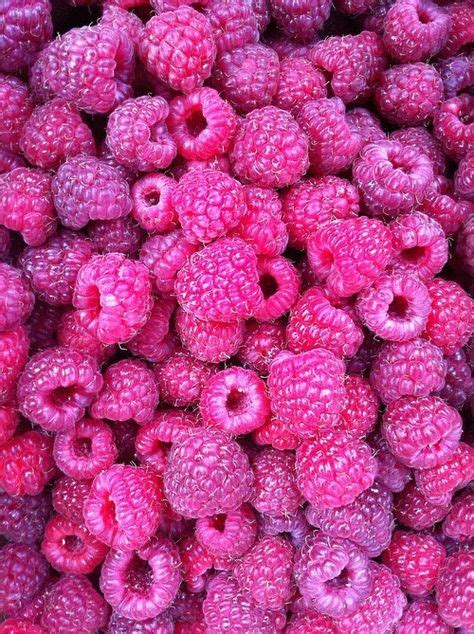The alluring shade of raspberry pink has captivated designers, artists, and consumers for millennia. Its delicate blend of sweetness and sophistication evokes feelings of joy, contentment, and playfulness.

Historical Significance
Archaelogists have discovered evidence of raspberry pink pigments in ancient cave paintings dating back over 7,000 years. In traditional Chinese medicine, raspberries were used for their calming and restorative properties.
Color Psychology
In color psychology, raspberry pink symbolizes:
- Optimism and joy: Its bright and cheery hue lifts spirits and creates a positive atmosphere.
- Carefree playfulness: Raspberry pink is often associated with youth, innocence, and a sense of wonder.
- Empathy and compassion: Its gentle tone conveys a sense of warmth and understanding.
Applications
Raspberry pink’s versatility extends across a wide range of applications, including:
- Fashion and beauty: This vibrant shade adds a touch of femininity and allure to garments, accessories, and makeup.
- Interior design: Raspberry pink walls create a cozy and welcoming ambiance, while its use in textiles, pillows, and curtains brings a splash of color and cheer.
- Product packaging: Its eye-catching hue attracts attention and evokes a sense of delight, making it effective for food, beverage, and cosmetic products.
Economic Impact
According to a survey by the Pantone Color Institute, raspberry pink was among the top 10 color trends in the world for 2023. This popularity is driven by its ability to uplift moods and create a sense of optimism during challenging times.
Unique Word for Idea Generation: “Raspberry-fication”
We propose the term “raspberry-fication” to describe the process of incorporating raspberry pink into new products or applications. This “fication” can encompass everything from designing new color schemes to developing products with a playful and comforting pink twist.
Useful Tables
| Feature | Value |
|---|---|
| Color code (HEX) | #E38AAE |
| Color code (RGB) | (227, 138, 174) |
| Psychological impact | Optimism, joy, playfulness |
| Economic impact | Top 10 color trends in 2023 |
| Application | Product Type | Example |
|---|---|---|
| Fashion | Dress | Floral sundress with raspberry pink ruffles |
| Interior design | Sofa | Velvet sofa in raspberry pink |
| Product packaging | Energy drink | Can with raspberry pink accents |
| Pros | Cons |
|---|---|
| Uplifts mood | Can be overwhelming in large doses |
| Encourages playfulness | May not be suitable for all settings |
| Conveys warmth and understanding | Can be perceived as too feminine |
Tips and Tricks
- Use raspberry pink sparingly: A little goes a long way to achieve a cheerful effect without overpowering the space or design.
- Pair raspberry pink with neutrals: Beige, white, and gray provide a balanced backdrop for raspberry pink accents.
- Consider different textures: Velvet, silk, and faux fur create a luxurious and inviting feel, while cotton and linen evoke a sense of comfort and playfulness.
- Pay attention to lighting: Natural light enhances the warmth and vibrancy of raspberry pink, while artificial light can affect its hue.
FAQs
-
What color family does raspberry pink belong to?
– Pink -
What is the Pantone color code for raspberry pink?
– 19-1654 -
Is raspberry pink suitable for both males and females?
– Yes, although it is more commonly associated with femininity. -
Can raspberry pink be used in professional settings?
– In moderation, yes. Consider using it in accessories or accents to add a touch of cheer without being overpowering. -
What are some unique ways to use raspberry pink?
– Raspberry-fication can inspire new products, such as a raspberry pink-scented candle or a raspberry pink-toned cocktail. -
How long has raspberry pink been popular?
– Over 7,000 years, as evidenced by its use in ancient cave paintings.
